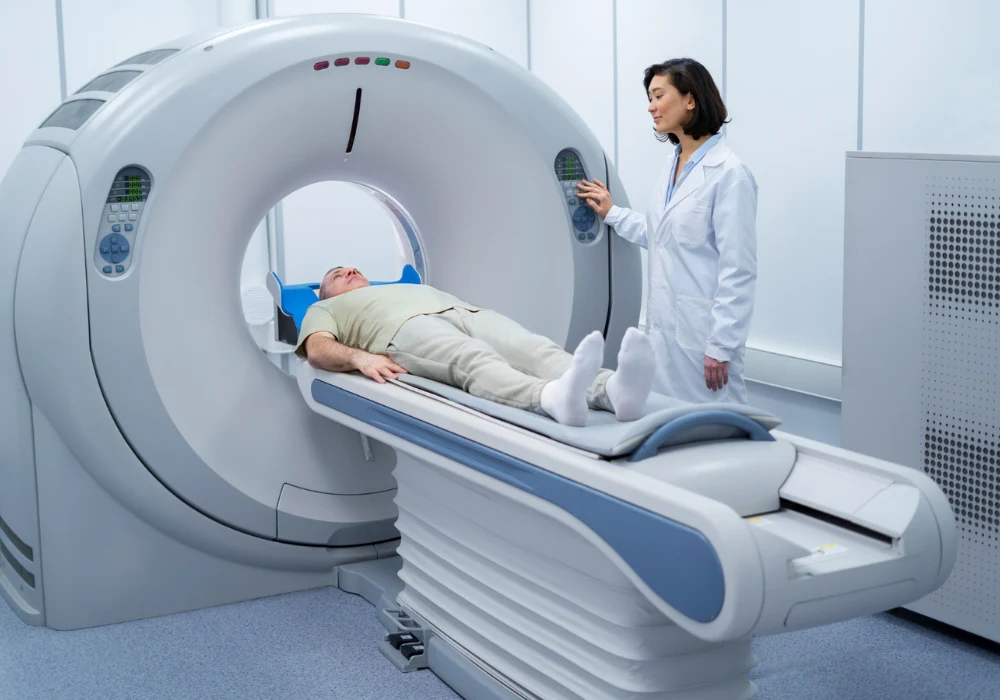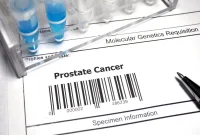Quantitative PET/CT now drives inclusion, stratification and response endpoints across multicentre trials, yet validation remains fragmented. Sites repeat phantom work to satisfy differing sponsor and accreditation demands, adding cost and delay while yielding limited gains in data quality. A converging international approach focuses on the metrics that best support comparability, with common phantoms, practicable thresholds and radionuclide-specific checks. Building on existing European, Australian and United States programmes, a streamlined framework aligns calibration and recovery performance around realistic conditions and contemporary reconstructions, aiming for a single qualification that reduces duplication and protects rigorous quantitative endpoints.
Must Read: Ultrafast PET Imaging Enhanced by DL
The Case for Harmonised Validation
Consistent quantitative behaviour across scanners is essential because standardised uptake values derive from native activity concentrations. Divergent validation rules from sponsors, contract research organisations and accreditation bodies create uneven benchmarks and repeated tasks for sites engaged in multiple trials. There is broad alignment, however, on torso-like phantoms that expose attenuation, scatter and partial-volume effects, and on a core set of measurements that characterise performance for trials. A unified pathway can therefore simplify qualification, clarify expectations for sponsors and regulators and remain distinct from full intrinsic system characterisation, while lowering start-up burden for clinics without diluting rigour.
Calibrating for Quantitative Accuracy
Calibration anchors all subsequent quantitation. The framework emphasises radionuclide-specific accuracy tied to primary or secondary standards with independently verified phantom fills. Radionuclide calibrator settings should be traceable to national standards in the same geometry as the fill because default factors can introduce sizeable bias. Activity should be measured before and after transfer, clocks synchronised with the scanner and volumes determined gravimetrically or with calibrated flasks.
Uniform phantoms such as a 20-cm cylinder, the NEMA Image Quality phantom or CTN anthropomorphic designs are acceptable provided background regions spanning the axial field can be sampled. Multibed acquisitions should extend beyond each phantom end to equalise slice statistics, with background concentrations around a few kilobecquerels per millilitre and at least 5 minutes per bed position, while avoiding dead time. For long axial field-of-view systems, fractional axial positioning helps verify uniform calibration. Analysis derives calibration bias per slice and globally using large circular regions of interest across contiguous planes.
Frequency and thresholds balance practicality with tighter control. For trials using ^18F or ^68Ga, quarterly checks at ±5% are recommended. For radionuclides such as ^64Cu, ^89Zr or ^124I, annual checks at ±10% are advised to reflect cost, logistics and standards availability. Revalidation is appropriate after significant service events, software updates or radionuclide calibrator maintenance, and programmes should monitor for unexpected calibration shifts.
Harmonising Recovery Performance and Reconstruction
Calibration alone does not ensure comparable quantitation for small or high-contrast objects. Recovery performance should be verified with torso-like phantoms containing fillable spheres. The NEMA Image Quality and CTN chest phantoms are suitable, the latter adds a 7-mm sphere and lung-equivalent inserts to stress corrections. Recovery may be expressed as recovery coefficient or contrast recovery coefficient (CRC). With a fixed sphere-to-background ratio, CRC is preferred because it normalises calibration bias. An 8:1 contrast aligns with established programmes, reduces sensitivity to minor fill errors and stabilises CRC behaviour.
Acquisitions should target high-quality statistics, with background activities of a few kilobecquerels per millilitre and at least 5 minutes per bed position. Multibed coverage must exceed phantom length, and list-mode data should be archived to support standardised rebinning or replay. Annual validation is proposed, with optional ^68Ga use when trials rely on that radionuclide, in most cases qualifying ^18F data at the specified contrast are sufficient.
Reconstruction harmonisation targets the EARL 2 performance range. Scanner-specific protocols meeting EARL 2 should balance point-spread-function modelling with Gaussian filtering to limit Gibbs artefacts. Images should use matrices of at least 192×192 with in-plane voxels between roughly 1.5 and 2.75 mm. Acceptance is expressed as maximum-voxel CRC ranges across the standard spheres at 8:1 contrast. Volume-of-interest placement should use PET-centred sphere-sized VOIs, and maximum, mean and peak CRC values should be computed and archived even if only maximum CRC is used for pass or fail.
A single internationally recognised PET/CT validation pathway can sustain robust quantitative comparability while cutting redundant phantom scans and accelerating site readiness. Radionuclide-specific calibration checks at defined intervals, combined with harmonised recovery performance using standard phantoms, contrasts and reconstructions, deliver clarity for sites and transparency for sponsors and regulators. Programmes can tighten requirements for specific endpoints as needed, while the core structure supports pragmatic, repeatable qualification that keeps multicentre quantitative PET/CT on a consistent footing.
Source: Journal of Nuclear Medicine
Image Credit: Freepik








